Coos / Millet
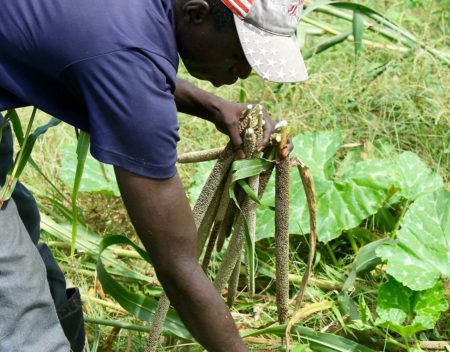
In The Gambia millet is called Coos, and pearl millet is the most widely grown type of coos. It has been grown in Africa since prehistoric times, and it has been suggested that the area of domestication was the Sahel zone of West Africa, which is just north of The Gambia and extends eastward across the continent.
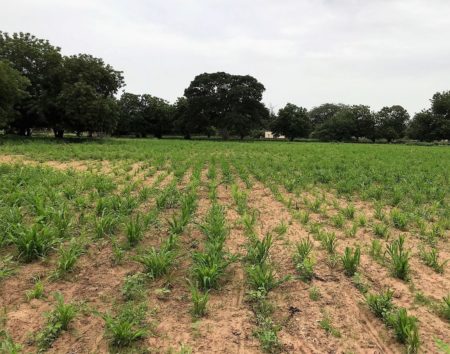
Coos is a grain belonging to the grass family of flowering plants which includes rice, wheat, oats, barley and sugarcane. Throughout the world, grains are the most important source of nutrients in the world’s food supply. Coos is an important grain crop for millions of poor farmers in the semi-arid region of West Africa, where the soils have sandy textures, low organic matter, and poor nutrient levels – the type of soil here in The Gambia.
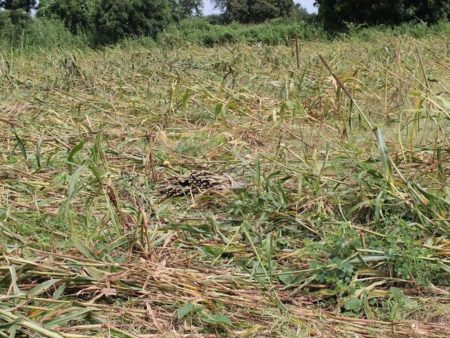
Coos is planted at the beginning of the rainy season, usually in late June here. The farmers will clear the fields prior to the beginning of rainy season, so they can plant when the first rains come. During the growing season, the farmers will weed their fields several times, and often it is the children who will protect the fields from wandering livestock.
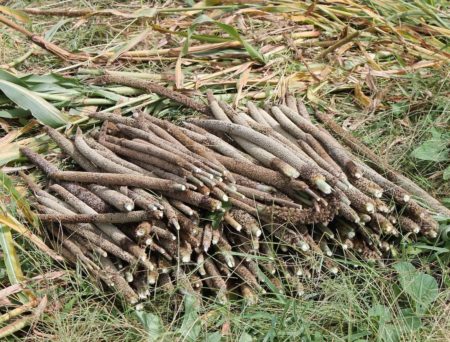
The length of the growing season will vary, depending upon erratic or limited rainfall. The rainy season in The Gambia recently has been from late June to mid September. About a week after the rains have stopped, the plants are pushed over, and then left to dry in the sun for a couple of weeks. After the stalks are completely dry the seed heads are cut with a small handheld knife, placed in piles, and then tired into bundles with tree bark rope for transport to a storage site.
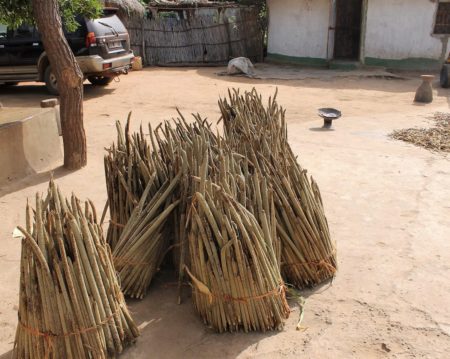
The seed heads will be left in the tied bundles until they are ready for processing, which can take many months to complete. Pounding to get the seeds off the stalks is done by the women, and occupies a lot of their time. The women will work in teams, supporting each other by taking turns, often singing or listening to music as they work.
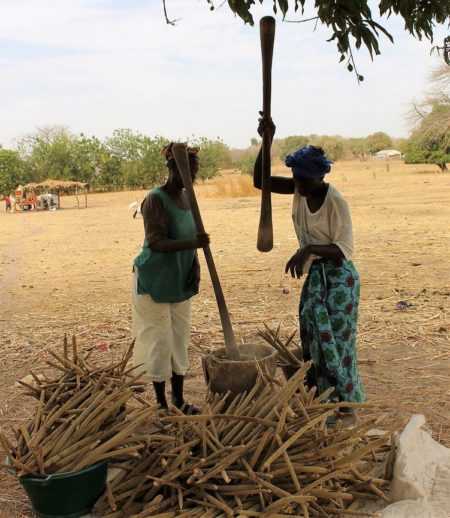
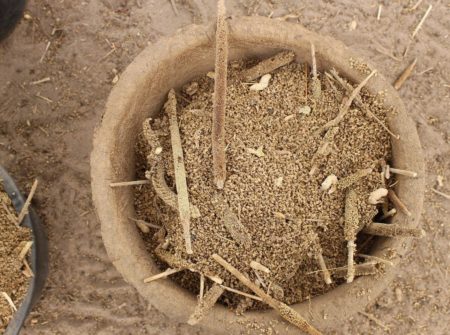
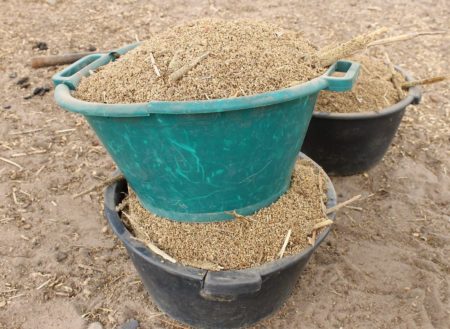
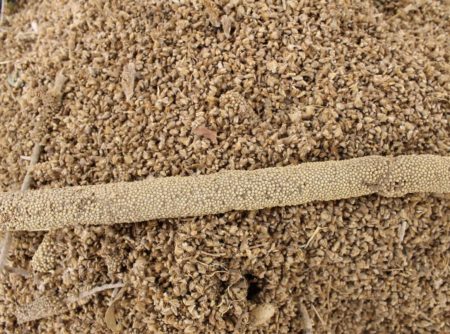
The first pounding is to get the seeds off the stalk, and the hulls off the seeds. The hulls are thick and hard and cannot be ground by the milling machines. The batch pictured above can take a couple of women two to three hours to complete, and the dust is very itchy.
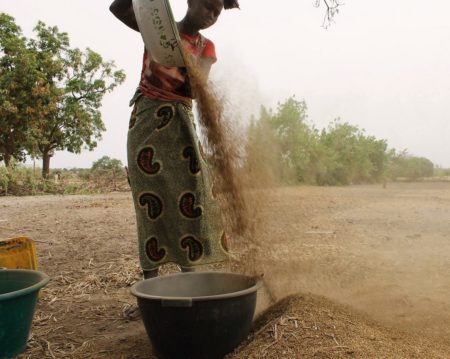
The women use the wind to help them separate the seed from the hard outer hulls. The seeds being heavier will land in the big bucket. The separated seeds will be shared between all the families in a compound, so even if a women can not physically pound the coos, their families will receive a fair share. Processing coos is a communal activity that all families in a compound will benefit from.
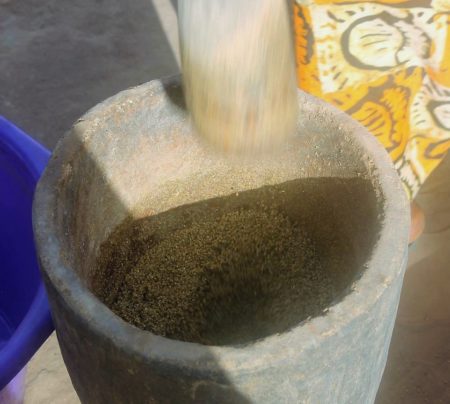
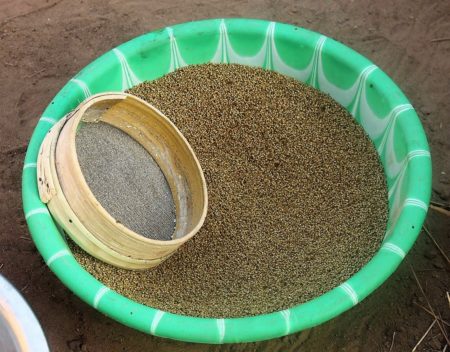
The pounding has several stages and a small amount of water is added after the first pounding, to make it easier to work. It can also be sifted at this stage to remove the light dust for immediate cooking purposes. The remaining of the pounded coos, is then washed and dried in preparation for the milling machines.
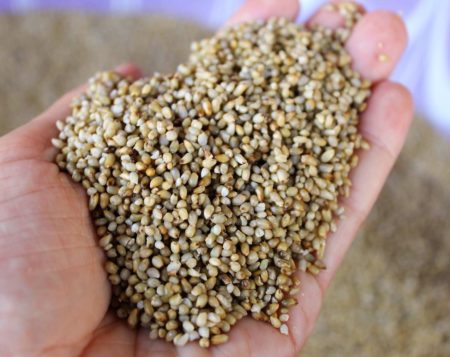
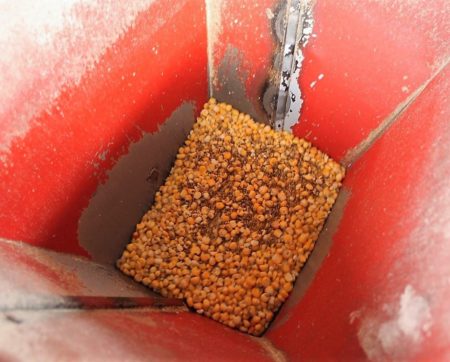
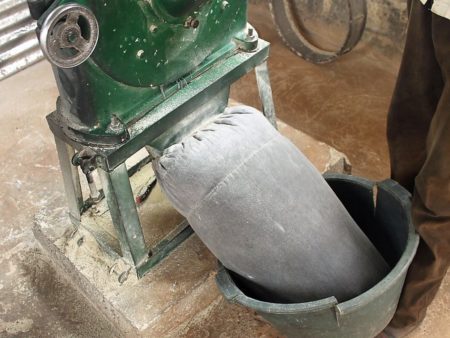
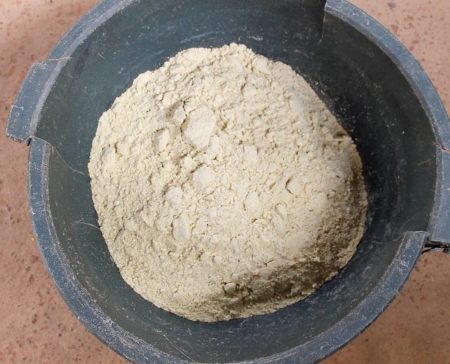
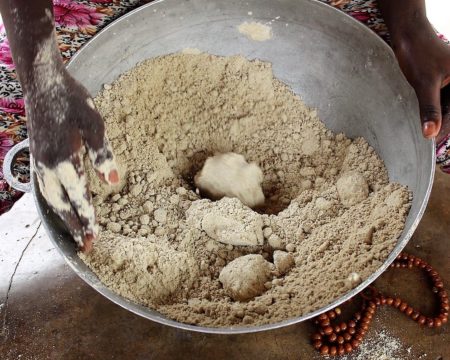
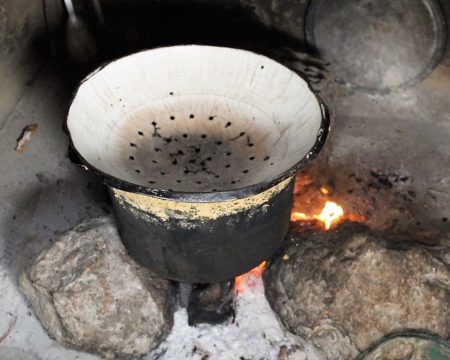
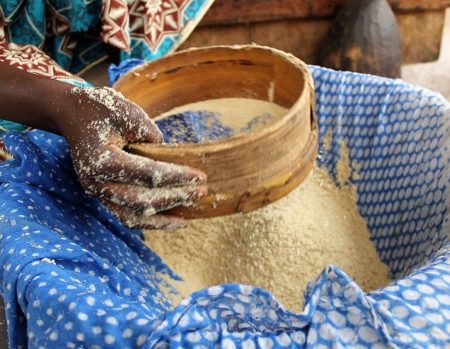
The coos is cooked and sifted three times, yes – three times. Dried baobab or hibiscus leaves, or a crystal from the bark of tree (need to do more research to learn the name of this tree) is added to the flour to make it more fluffy. Many Wolof women will add water to the flour the night before cooking, mixing and pressing the power and water together until the texture is just right. They will then cover it with a light cloth overnight, to create a fermented or sour taste. Most Mankinda and Fula women will not do this step for a sweeter taste. It is fascinating to learn how different tribes prepare the staple crops differently.
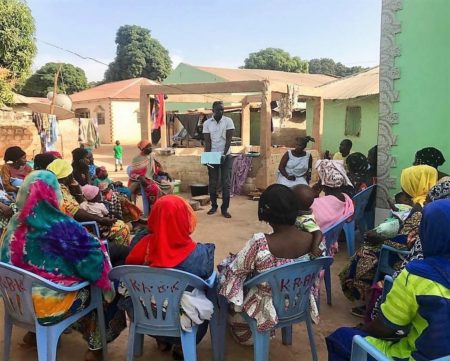
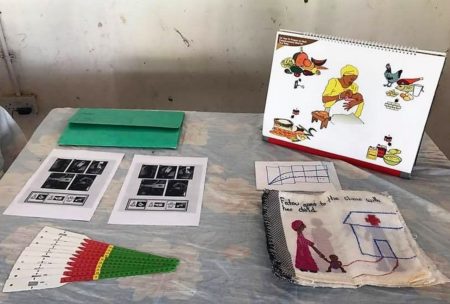
Many rural health clinics are gathering spaces where health volunteers can hold nutrition workshops to encourage the addition of coos into the local diets. The carbohydrates in coos consist almost entirely of starches, which digest slowly to provide long-term energy. Coos a good source of vitamins and fiber, and offers protection against heart disease diabetes, and cancer. Although coos is not a complete protein, because it doesn’t have enough of the amino acid lysine, beans are common ingredient in cooking and contain lysine. Coos is a hypoallergenic, gluten-free grain, and a perfect alternative to wheat. It also stabilizes the level of cholesterol in the body and helps with digestion.
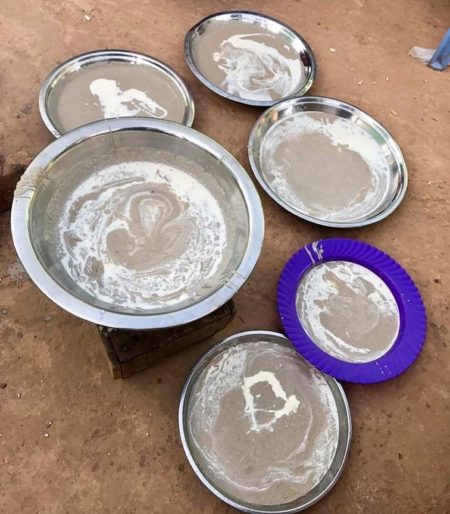
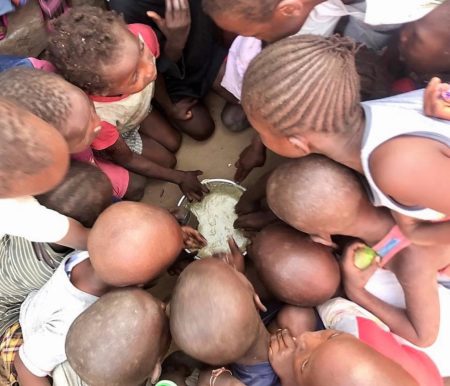
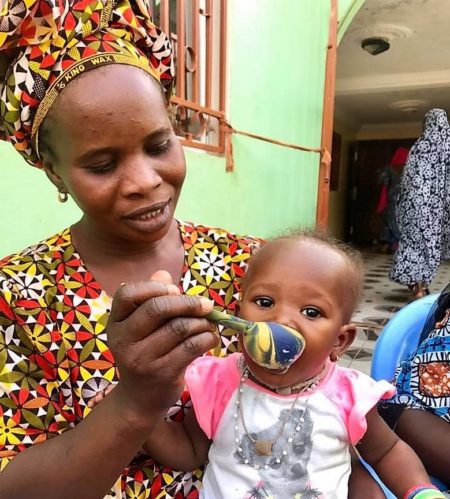
PCVs Samone & Pam hosted a Nutrition Trek for several villages in the North Bank Region (NBR) that were very well attended. Rural Health Nurses, other PCVs and local women with their children attended the program and enjoyed learning and eating together.
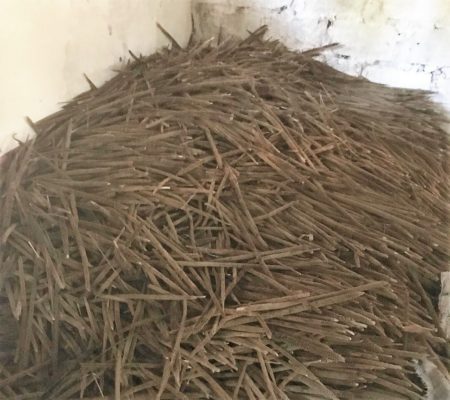
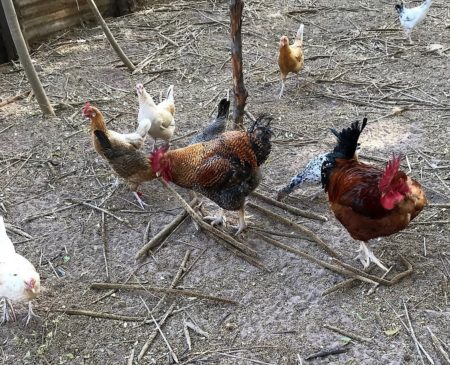
My school grows coos to provide feed for the chickens. We remove the seeds from the stalks and add to their feeders, and also give them the whole stalk in the yard to scratch apart. Along with some oyster shells, and occasionally some fish guts, coos is the chickens primary source of food.
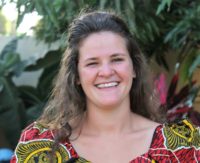
This post could not have been written without the generous help of the three PCVs pictured above. Keeley Ffrench is a Health Volunteer, and provided the information and photos about the harvesting and processing of coos in her Central River Region (CRR) village. Samone LaShalle and Pam Vargas are also Health Volunteers, but in the North Bank Region (NBR) and shared their photos about the Nutrition Trek they organized. One of the best parts about being a PCV is having the opportunity to get to know and work with so many interesting and creative people.

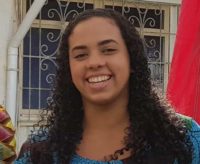
2 thoughts on “Coos / Millet”
Great post, Susan. Keep writing!
BYW, don’t know if you heard, but Celeste and Marc are moving to Beaverton soon.
Love all the posts. This one on Coos was really intersting
Comments are closed.